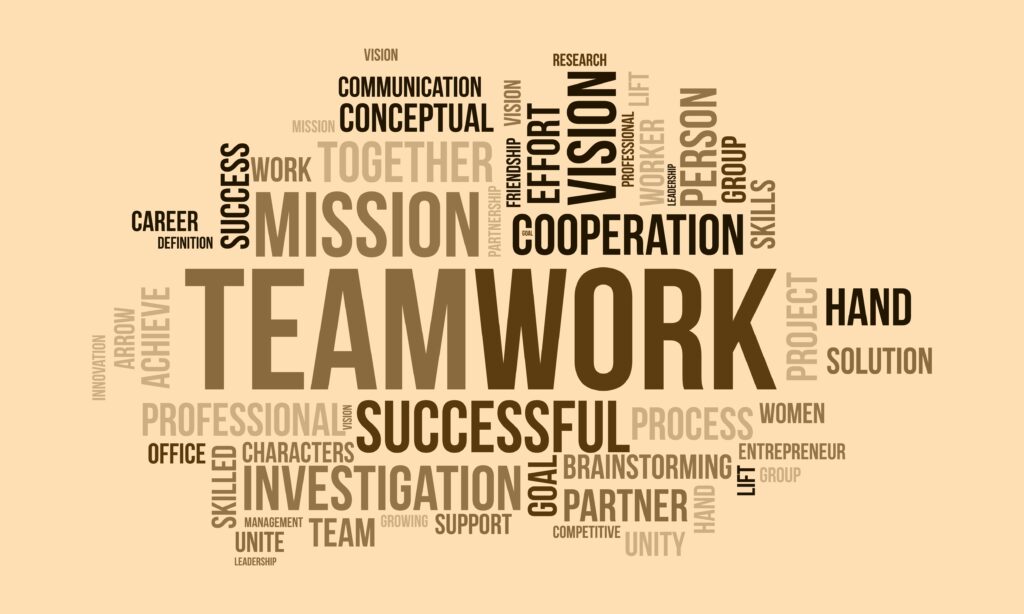Managing Change in International NGOs: A Study in Crisis Management and Leadership Coaching

As a change management consultant, I had the opportunity to work with an international human rights-based NGO that was part of a global network operating in ten southern African countries. The organisation had recently undergone a major restructuring process resulting in terminations and significant process redesign. However, the changes did not go as smoothly as anticipated. The staff protested against the management and leadership team, citing unresolved organisational management and culture issues at their annual retreat. They demanded immediate and significant changes, including leadership role changes.
I was brought in to help the organisation contain the crisis and manage the change process. This case study outlines the challenges we faced, the approach we took, and the results we achieved.
The Challenge
The whole organisation was impacted, including around 100 staff from 8 country offices, most of whom were strong human rights activists. The immediate challenge was containing the crisis at the annual retreat, where staff were unwilling to participate and threatened to escalate their grievances to the Board and media if management did not make key change commitments. The crisis needed to be resolved quickly to avoid further damage to the organisation’s reputation and loss of staff.
The Approach

A two-phased change approach was adopted: crisis management and leadership coaching. Phase one happened over the three days of the staff and management retreat, which involved facilitated dialogue sessions, mutual problem-solving, and establishing a set of change agreements. Given staff volatility, intentional effort was invested in group change management processes to create a safe psychological space for effective participation and consultation with management, using a group system and psychodynamic methodology. A parallel change conversation was undertaken with the leadership team to prepare them for effective engagement in a collaborative manner. A series of change consultations followed over the three days, resulting in a set of mutual change agreements, which would become the mandate for the leadership coaching work.
Over the next seven months, Phase two involved seven Group Coaching sessions facilitated by the Senior management team and Executive director to implement the change leadership plan systematically and sustainably. The team coaching modality used was building leadership capacity through action learning. These were half-day sessions with pre- and post-session assignments, applications, and accountability feedback to staff on the change plan.
Results
The change process resulted in improved morale and staff engagement measured in the survey, with over 80% positive compared to 90% negative in the first survey. Staff reported more freedom to raise issues and improved trust in leadership. The leadership commitment/action plan was fully delivered, which enhanced leadership credibility in the eyes of the staff. It resolved outstanding operational issues and led to an improvement in policies, systems, and procedures.

The restructuring of the leadership team was a major success. It brought in a new team of highly capable and high-performing individuals while also phasing out some older members. The new leadership team was carefully selected to ensure they aligned with the company’s values, vision, and goals. This has significantly impacted the organisation’s performance, as it has helped establish a more cohesive and effective leadership structure.
One of the key changes that were made during the restructuring was the re-establishment of performance management practices. This was done to ensure that everyone in the leadership team was working towards the same goals and that they were all aligned around the organisation’s policies and practices. This has helped to create a shared sense of purpose and a more collaborative work environment.
The new leadership team has also been noted for their improved effectiveness and cohesiveness. They have established a safe space for robust conversations and have eliminated any sense of “us and them” between different members of the team. This has created a more open and collaborative work environment, where everyone feels comfortable sharing their opinions and ideas.

Line managers have also been more actively engaging with their teams, which has resulted in improved decision-making and more confident engagement with the Board. This has helped to create a more dynamic and agile organisation, which is better equipped to respond to the rapidly changing business environment.
Overall, the restructuring of the leadership team has been a major success, and the new team is well-positioned to help the organisation achieve its goals and objectives. The improved cohesiveness and alignment within the team, as well as the more collaborative work environment, have already had a positive impact on the organisation’s performance, and there is every reason to believe that this trend will continue in the future.
What We Learned
One of the key insights that emerged from the process was the importance of acknowledging the fear that was present in the organisation. I quickly realised that many staff members were afraid of the consequences of speaking up, and that this fear significantly impacted their ability to engage in open and honest dialogue. To address this issue, we worked together to create a safe and inclusive space for people to share their thoughts and feelings without fear of reprisal.
Another insight that emerged from the process was the need to recognise that not all staff members felt the same way about all of the issues we were trying to address. However, we also recognised that staff members felt the need to show solidarity to one another, as activists. This led us to focus on creating a contagion effect that would help spread positive behaviors and attitudes throughout the organisation, ultimately leading to a more cohesive and unified culture.

As we worked to address these challenges, I also emphasised the importance of not dismissing or minimising fears, assumptions, and feelings. We needed to engage in deliberate conversations about what was required to challenge or change behaviors that were not aligned with the culture we were trying to shape. This required a significant amount of trust-building, active listening, and empathy on the part of the leadership team, but it was essential to creating a more inclusive and supportive workplace.
Another challenge we encountered was the cost of leadership indecisiveness, lack of clear boundaries, and over-consultation to avoid conflict. The team wanted to be seen as a “nice, accepted, peoples-leadership team,” but this led to procrastination and unresolved issues. I encouraged the team to recognise the importance of taking decisive action and setting clear boundaries, even if it meant having difficult conversations or making unpopular decisions.
As part of our efforts to address these issues, we also recognised the need for leadership development. We needed to build a strong, cohesive, and unified presence as a leadership team. This required investing in leadership development and change management, as well as fostering authenticity and openness among leaders to facilitate open, honest engagement with staff.
As we moved forward with the change management process, we remembered the lessons we had learned. We continued to prioritise creating an inclusive and safe space for open and honest dialogue, and we recognised the importance of being willing to be vulnerable as an act of courage. We remained committed to our mission, vision, and strategy and were willing to do the hard work of change. We also recognised the need to learn new skills and capabilities, practice them regularly, and remain committed to feminist leadership principles.

In addition, we made a concerted effort to forgive and resolve conflicts and implemented a regular feedback and accountability mechanism to ensure that we stayed on track. We worked to dismantle unhelpful gossip and corridor talk, and we made a point of escalating issues and concerns proactively at all levels. We also celebrated small wins and mutual appreciation to maintain morale and momentum.
Throughout the change management process, we relied heavily on facilitators, coaches, and consultants who were independent of the process. This helped us stay objective and impartial, ensuring we remained focused on our goals and objectives. By working together and implementing these lessons, we successfully navigated a complex organisational change and emerged as a more cohesive, supportive, and inclusive team.